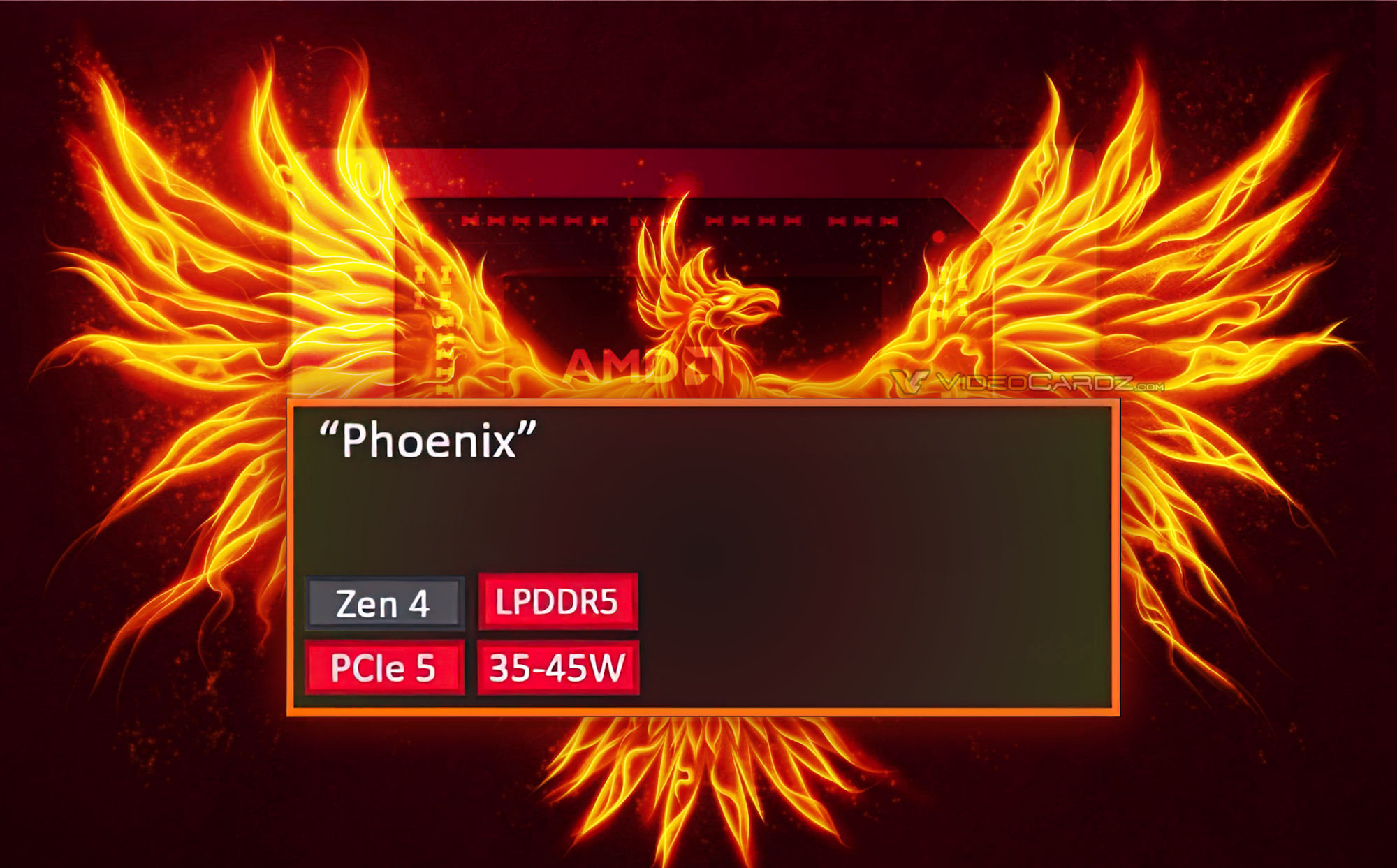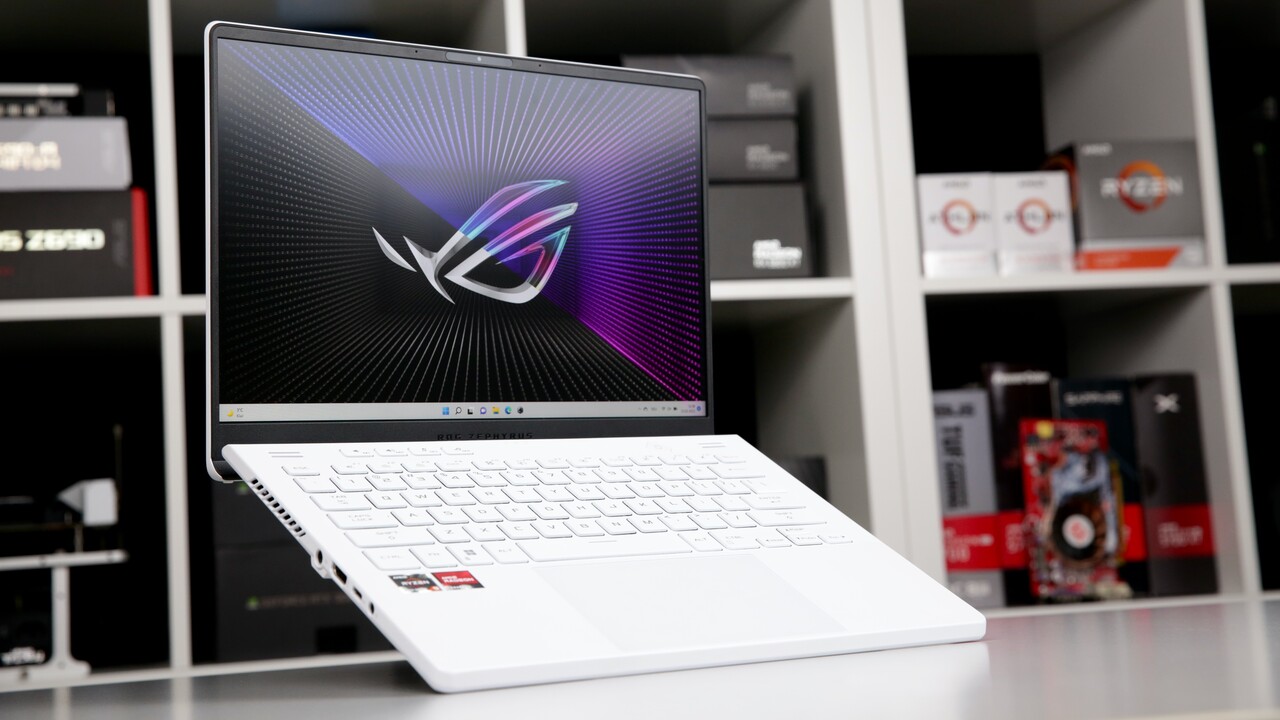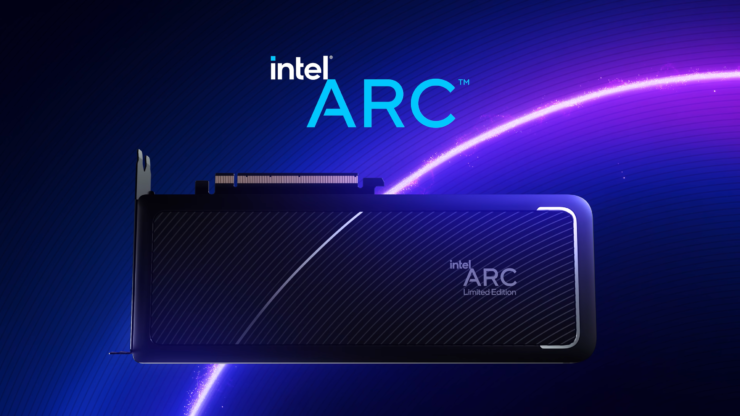So back on APU topic.
In part due to rumor:
AMD Phoenix APU with mid-range discrete GPU performance Greymon55 claims that the upcoming integrated graphics into the AMD Phoenix APU, could show comparable performance to the most power-restricted version of the RTX 3060 mobile. AMD Ryzen 7000 series will officially include two mobile series...

videocardz.com
And if you consider Intel's Meteor Lake the main competitor for Zen4 will feature iGPU with 192 EU that puts it in striking range of RTX 3060M
then AMD would be incompetent and stupid not to see ahead and pull along likewise.
A 192 EU IGP in Meteor Lake will be nowhere near a RTX 3060 Max-Q(60W).
Just check out the review you posted.
AMD Radeon 680M im Test: Benchmarks der Radeon 680M in Spielen / Leistung in FHD mit mittleren Details / Leistung in FHD mit hohen Details

www.computerbase.de

Just by doubling the EU you won't even outperform GTX 1650.
looking up techpowerup for Nvidia GeForce RTX 3060M
115W version @1702 MHz has 10.94 TFLOPs FP32
=> 60W version @1282 MHz gives ~8.24 TFLOPs FP32
RDNA 3:
12 CU@2GHz ~6.144 TFLOPs FP32
16 CU@2.2GHz ~9 TFLOPs FP32
24 CU@2.2GHz ~13.52 TFLOPs FP32
As can be seen to reach parity the iGPU with 24CU only needs to be clocked at 1.34GHz while the 16CU needs 2.01GHz
Based on the leaks:
RDNA2: 1WGP = 2CU
RDNA3: 1WGP = 4CU
Phoenix certainly won't have 12WGP(48CU) IGP with 3072 shaders in total, but only half of It .
RDNA3 6WGP(24CU RDNA2) at 2GHz would produce 6.144 TFLOPs.
RDNA3 6WGP(24CU RDNA2) at 2.6GHz would produce 7.987 TFLOPs.
RDNA3 6WGP(24CU RDNA2) at 3GHz would produce 9.216 TFLOPs.
RTX 3060 Max-Q has 3840 Cuda and 1283 MHz (official Boost) which means 9.853 TFLOPs, but that doesn't represent the actual gaming performance.
RX 6700XT 12GB(13,215 TFLOPs) has the same performance as RTX 3060TI 8GB(16.197 TFLOPs ),
Link.
Ampere needs ~23% more TFLOPs for a similar performance.
RDNA3 IGP would need ~8 TFLOPs, to be equal in performance to RTX 3060 Max-Q(I don't take into account any architectural improvements of RDNA3 or bandwidth bottlenecks).







